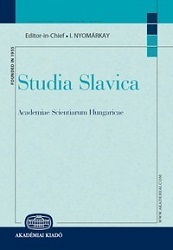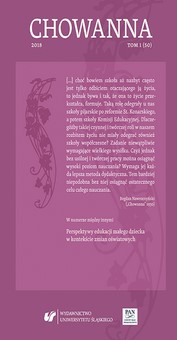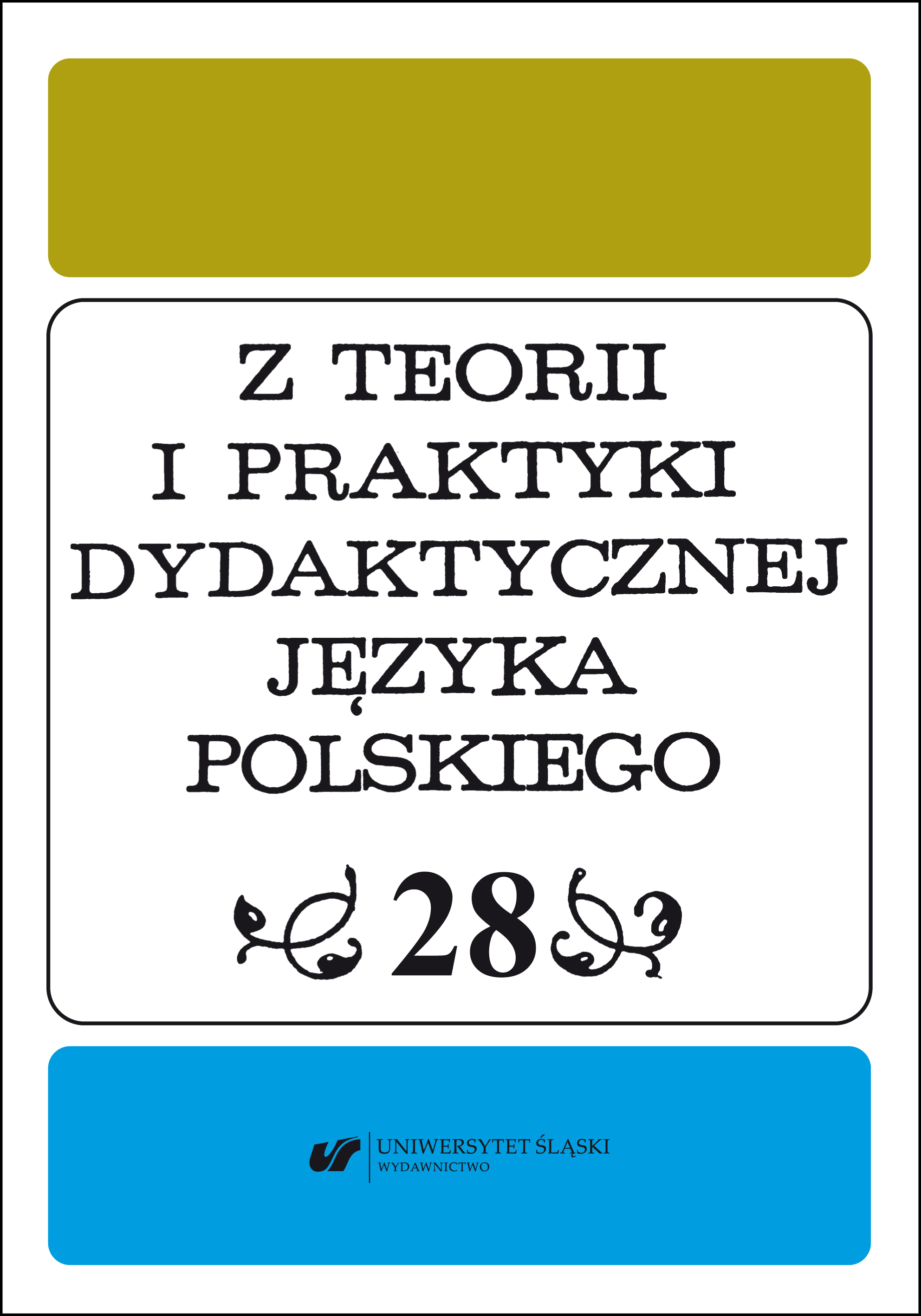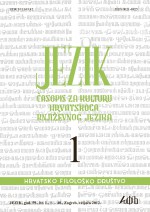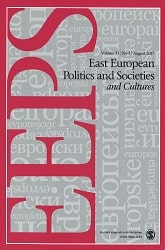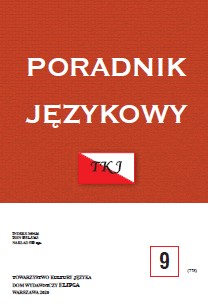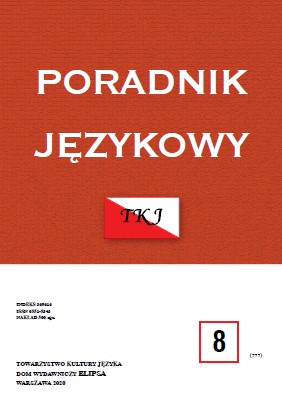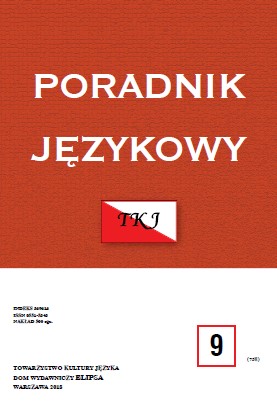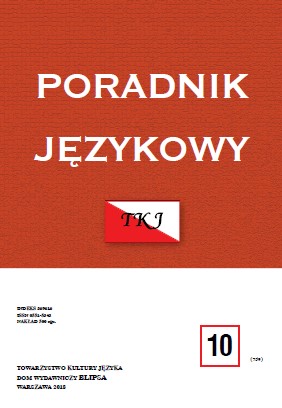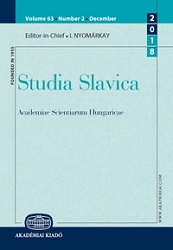
О роли польскоязычных сочинений иезуитов в православной литературе Речи Посполитой XVI–XVII вв.
The history of the works composed by Jesuits Fulvio Androzzi (1523–1575) and Marcin Śmiglecki (1563/1564–1618) and their translations into Church Slavonic as well as the so-called “prostaâ mova” are considered as an interesting example of the spread of Catholic works among adherents of Orthodoxy in the Polish–Lithuanian Commonwealth. Androzzi’s Della frequenza della communione (1579) was originally an essay on the preparation for frequent communion. Its two Polish-language editions by Stanisław Grochowski (Scieszka poboznego chrześcianina, 1600) and Szymon Wysocki (Skarbnica duchowna, 1600) served as a source for a concise funerary sample-sermon written in “prostaâ mova” which is found in the Vilna’s Orthodox Ritual (1621). An essay on theological and legal aspects of money-lending (usury) by Marcin Śmiglecki (O lichwie i trzech przedniejszych kontraktach, 1596) was partly used for drawing up a treatise on moral theology Mir s Bogom čeloveku (1669) published in the Kiev Monastery of the Caves. Both sample-sermons and treatises on moral theology were new literary genres for Orthodox tradition; their origin in the 17th century can be associated with Catholic influences. In both cases, the question of a translator from Polish into Church Slavonic and “prostaâ mova” remains open.
More...
